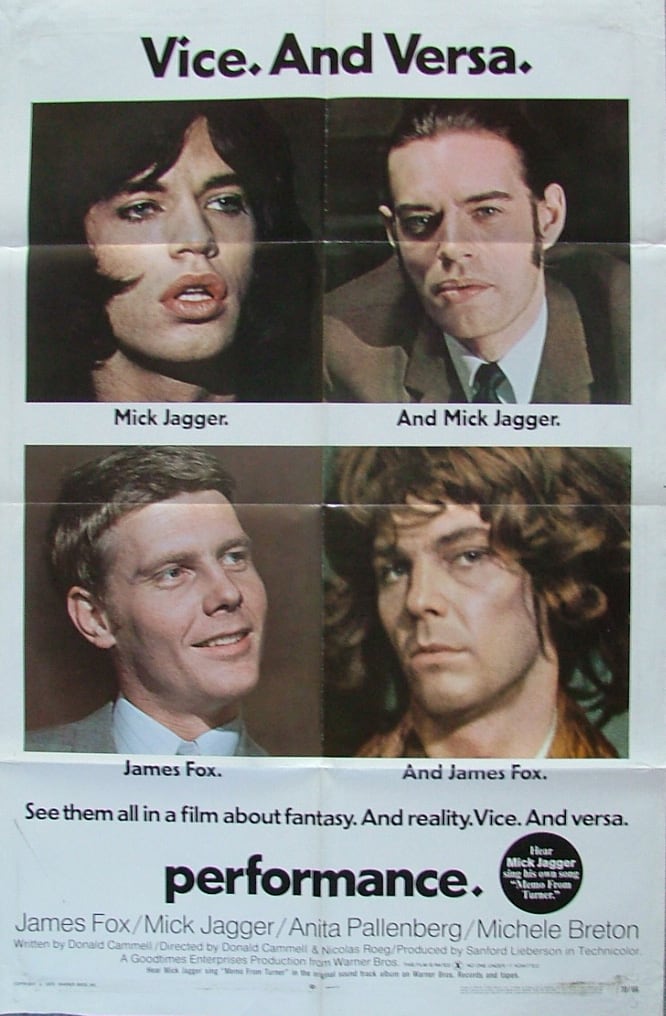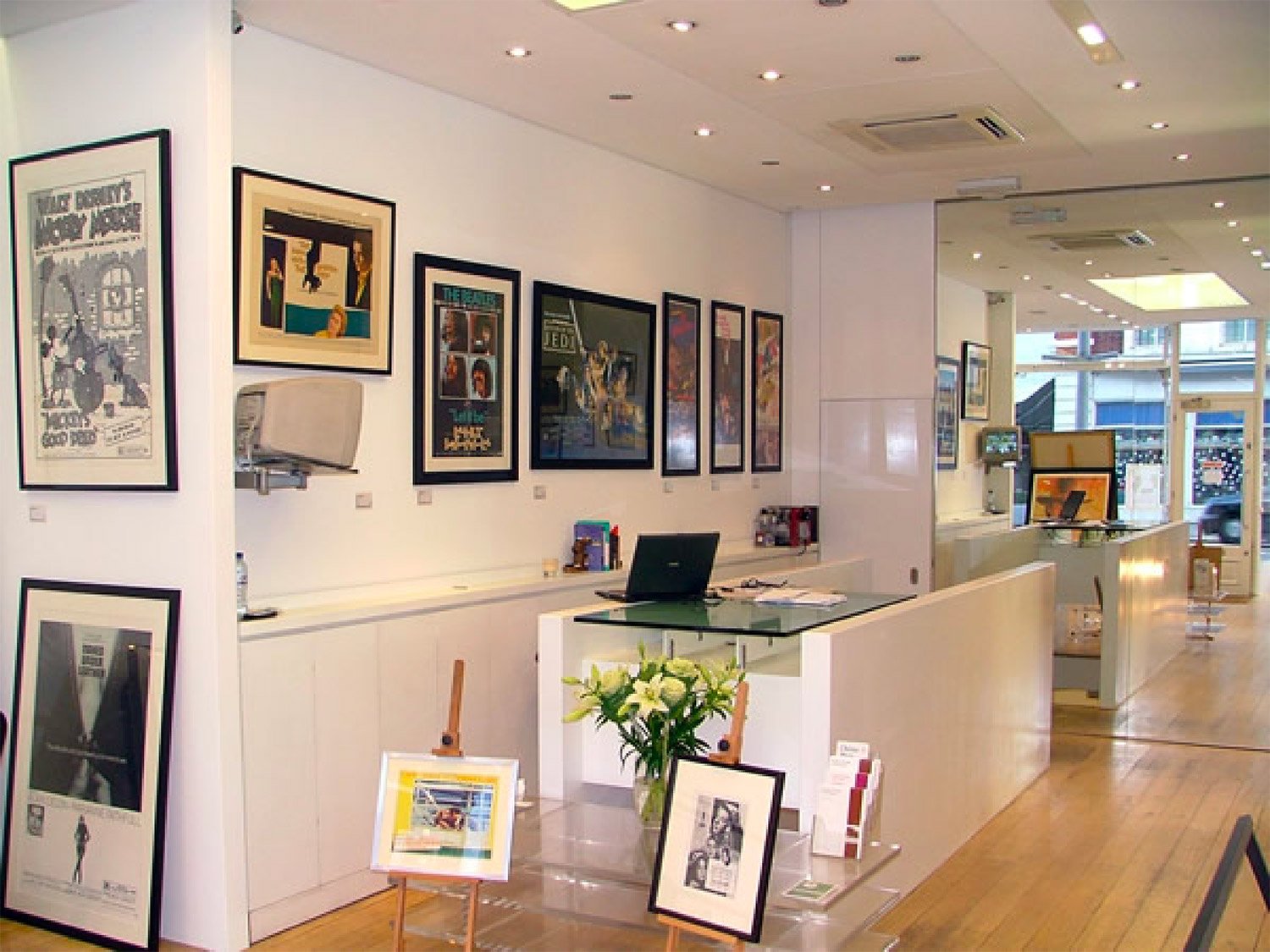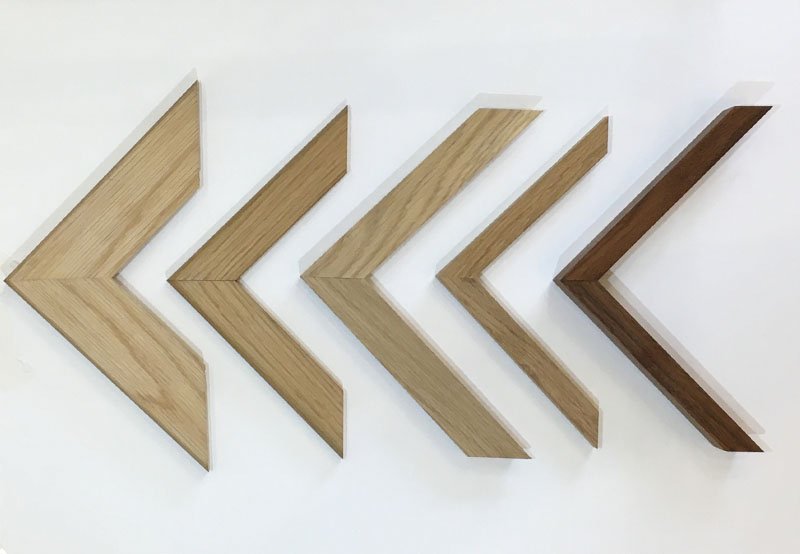Linen Backing
Linen-backing (usually used for posters) and paper-backing (more often used for pieces on thicker, card stock) are both processes carried out using exclusively conservation grade materials and have historically been undertaken to de-acidify and stabilise paper or card and halt the deterioration caused by atmospheric storage conditions.
As disposable advertising, film posters were often printed on rather thin paper and years of unfolding and refolding may have left a piece fragile, and perhaps with some ink loss along the fold lines. Using archival quality materials and paste, linen-backing will address these issues, and result in a poster that is completely flat with any foldlines greatly minimised. If a piece is in lesser condition before backing any paper loss or holes can also be repaired and restored during the process. This should be carried out using water based reversible materials.

Linen Backing Before
This is a highly skilled and specialist job and although a talented restorer can carry out seemingly miraculous restoration using hand-painting and swathes of airbrushing, we prefer to take a fairly conservative approach and our philosophy – which is shared by the conservation studios we use – is that when it comes to restoration less is more. After all, these are pieces of history, and for most of us part of their charm and appeal is the vintage feel they evoke. To over-restore them in order to make them look brand new would not only greatly detract from their value but would, to our mind, go against the whole idea of owning a vintage piece of original movie advertising.
Lobby Cards, Half Sheets and Inserts have always been printed on card or heavier stock and, as such, are usually robust enough to be framed without backing, although some older Half Sheets and Inserts were folded for storage by the cinemas, and backing will minimise these fold lines. In this case paper-backing, rather than linen-backing is often used, although unlike with linen-backed pieces which can be rolled, paper-backed ones need to be kept flat and so some collectors prefer linen-backing for all formats.

Linen Backing After
There are a number of different techniques applied in order to stabilise old or fragile paper and to minimise fold lines, and different solutions will be best for different posters (though we would strongly recommend you never to have an original movie poster dry-mounted or to buy one that has been).
Generally we like to see posters professionally linen or paper-backed. This conservation process not only makes the poster more robust, but gives a superior framed result.
A professionally linen-backed poster will not deteriorate in the way a loose, folded poster does, and many argue that this process, when carried out well by a reputable conservation studio, increases the value of the piece. When a piece is backed fold-lines will typically be much reduced, and will sometimes disappear completely.






